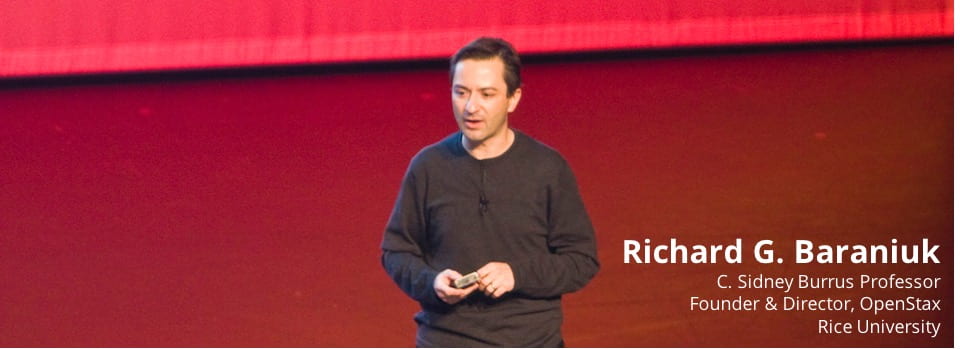J. N. Laska and R. G. Baraniuk, "Regime Change: Bit-Depth versus Measurement-Rate in Compressive Sensing," to appear in IEEE Transactions on Signal Processing, 2012.
Abstract: The recently introduced compressive sensing (CS) framework enables digital signal acquisition systems to take advantage of signal structures beyond bandlimitedness. Indeed, the number of CS measurements required for stable reconstruction is closer to the order of the signal complexity than the Nyquist rate. To date, the CS theory has focused on real-valued measurements, but in practice, measurements are mapped to bits from a finite alphabet. Moreover, in many potential applications the total number of measurement bits is constrained, which suggests a tradeoff between the number of measurements and the number of bits per measurement. We study this situation in this paper and show that there exist two distinct regimes of operation that correspond to high/low signal-to-noise ratio (SNR). In the measurement compression (MC) regime, a high SNR favors acquiring fewer measurements with more bits per measurement; in the quantization compression (QC) regime, a low SNR favors acquiring more measurements with fewer bits per measurement. A surprise from our analysis and experiments is that in many practical applications it is better to operate in the QC regime, even acquiring as few as 1 bit per measurement.
Regime change in action: Consider the CS acquisition of a length N=1000 signal that is K=10 sparse subject to the fixed bit budget B=MB, where M is the number of measurements and B is the number of bits per measurement. In each experiment, we varied the input SNR (ISNR) between 5dB and 45dB and searched for the (M,B) pair that maximized the reconstruction SNR given (a) B=N, (b) B=2N, (c) B=5N. The solid line (blue) corresponds to the number of measurements M, while the dashed line (green) corresponds to the bit-depth B. The left side of each plot corresponds to the QC regime, while the right side corresponds to the MC regime. In each plot there is a sharp transition between optimal bit-depth being high (B>5) and and low (B<2). Moreover, for moderate to low ISNR, the best performance is achieved by taking just 1 bit per measurement.

